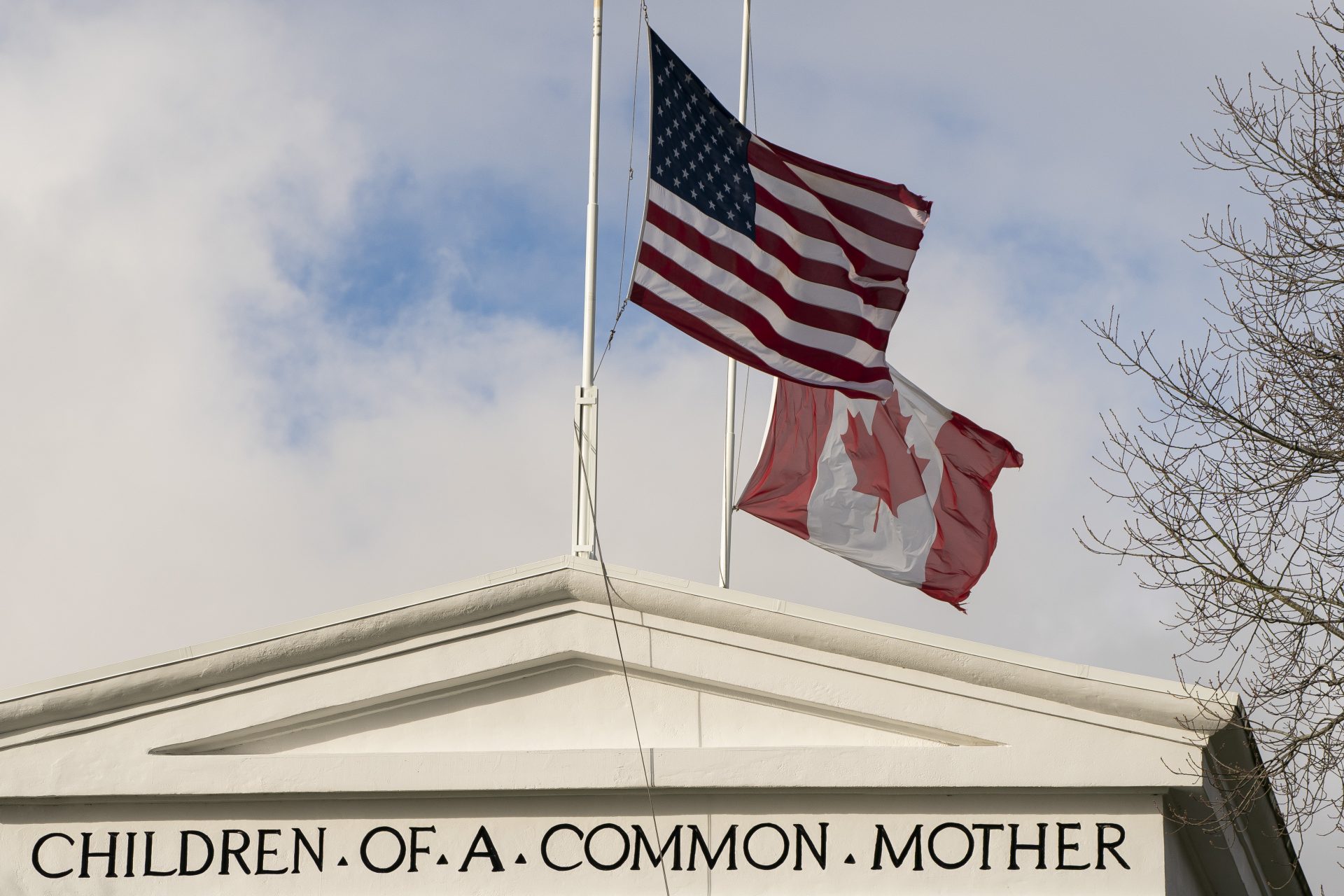This medieval manuscript archive discovery promised to change European history
In September 2022, a group of Romanian researchers combing through the library of an old church in Mediaș made the discovery of a lifetime when they uncovered a long-forgotten cache of medieval manuscripts that had the potential to rewrite Eastern European history.
Photos by: Facebook @Batthyaneum
Discovered in the Ropemakers’ tower of St. Margaret’s Church, the find included over 200 books and manuscripts with fragments of printed work that date back to the 9th century.
Photos by: Facebook @Batthyaneum
Adinel Dincă of Babeș-Bolyai University, the lead researcher on the team that found the manuscripts, announced the discovery over the university's Facebook page and went into more detail about what was actually found.
Photos by: Facebook @Batthyaneum
139 books dating between 1470 and 1600 were found in good condition and many manuscript fragments were found inside the books, some of which date from as early as the Carolingian era and may date back to the 9th century.
Photos by: Facebook @Batthyaneum
"When I first encountered the books,” Professor Dincă said in an email to Medievalist.net, “I immediately noticed the disposition of the volumes according to a certain historical typology: bibles and biblical texts, patristic, theology.”
Photos by: Facebook @Batthyaneum
"This order doesn’t look like an improvisation and suggests that the collection was placed there at an earlier stage of development,” Dincă wrote, “Furthermore, older shelfmarks were following (with few exceptions) a clear order.”
Photos by: Facebook @Batthyaneum
This all led Dincă to conclude that, “The books were part of the church patrimony and were mostly kept (from a certain moment on) for their intrinsic value.”
Photos by: Facebook @Batthyaneum
This collection of books may have been part of an even larger library that the medieval church may have housed.
Photos by: Facebook @Batthyaneum
Professor Dincă noted that church records do show that St Margaret’s had a collection of over 7700 books in 1864.
Photos by: Facebook @Batthyaneum
That library included dozens of early printed works, including some by prominent church reformers like Martin Luther and John Calvin, something the team is hoping they will find among their discovered manuscripts.
Photos by: Facebook @Batthyaneum
The team now plans to spend their time trying to match up the discovered books with those listed in the church’s 1864 catalog.
Photos by: Facebook @Batthyaneum
“One highlight of this historical collection is the large number of original 16th-century bindings,” Dincă noted, “many of them dated.”
Photos by: Facebook @Batthyaneum
“In addition to that, in the series of administrative registers of the parish, there are several fragments of medieval manuscripts,” Dincă noted in his email.
Photos by: Facebook @Batthyaneum
Among the manuscripts found were several Carolingian minuscule and fragments of liturgical materials dating from the 14th and 15th centuries which are the most exciting pieces for Dincă’s research team.
Photos by: Facebook @Batthyaneum
“The closed context of re-use,” Dincă noted, “makes it very likely that such recycled pieces of parchment are in fact remnants of a pre-Reformation stock of manuscripts locally used.
Photos by: Facebook @Batthyaneum
St. Margaret’s Church, Mediaș, also known as Margarethenkirche, dates back to the early 15th century and was established by a community of Transylvanian Saxons and served as a “fortress church” to protect the area from Ottoman raids.
Photos by: Facebook @Batthyaneum
More for you
Top Stories





























